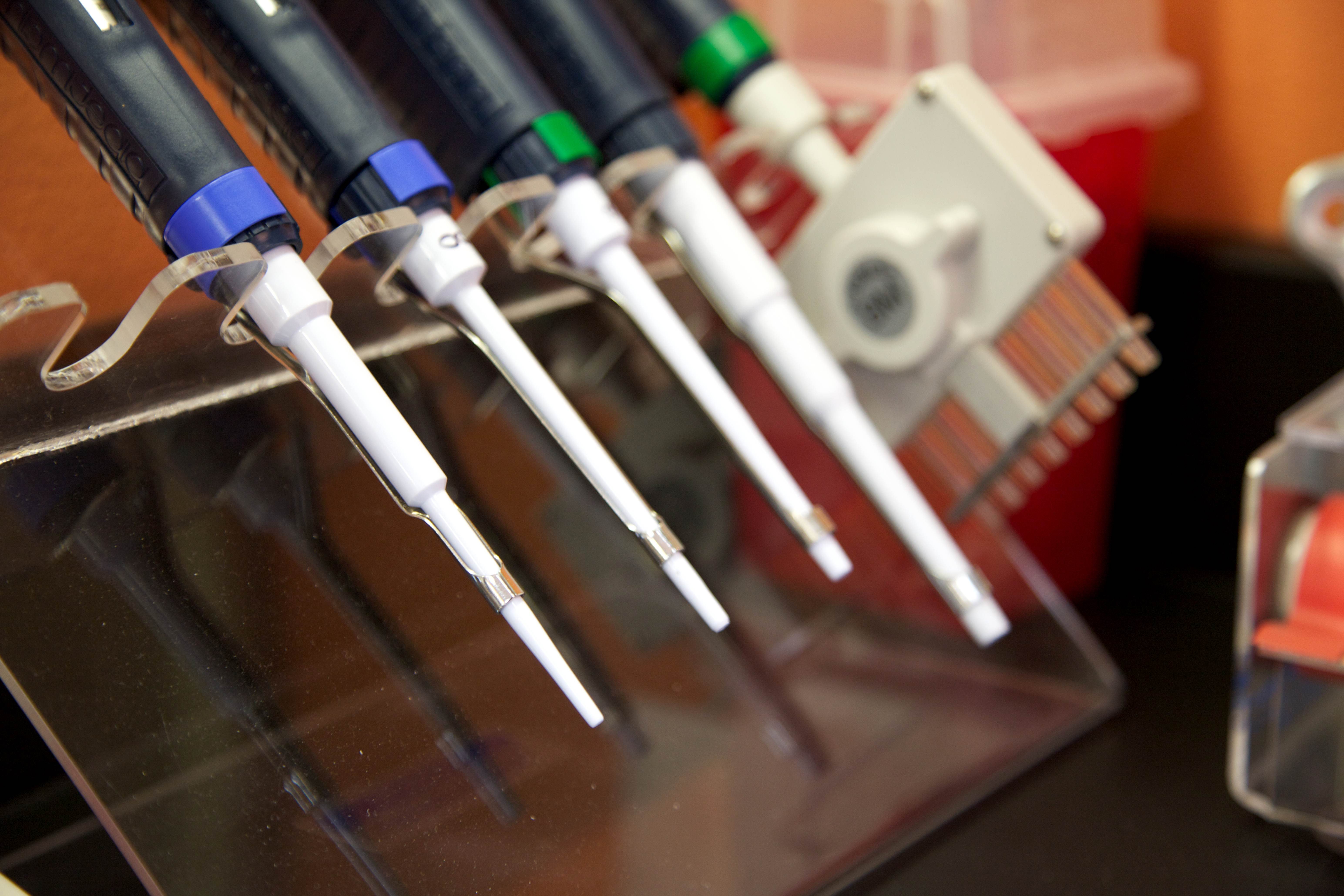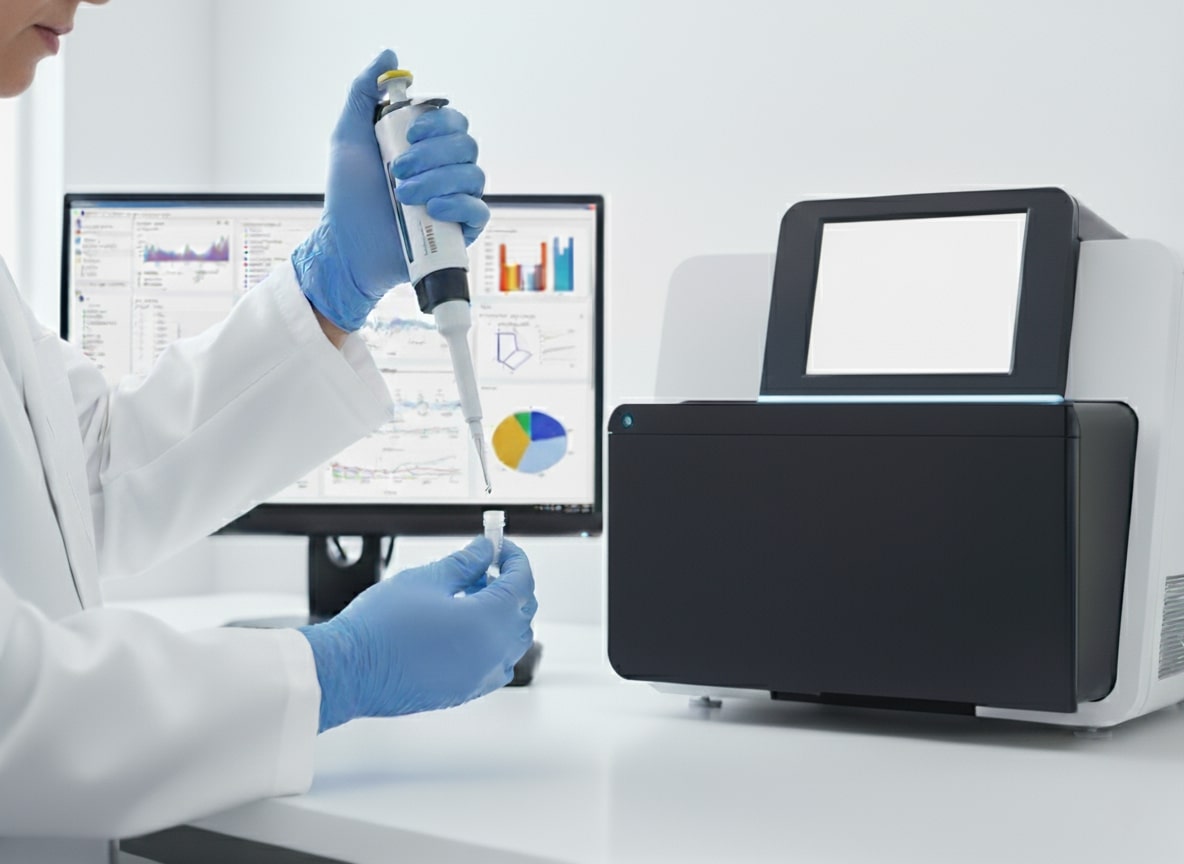Introduction
In cancer treatment, early and accurate diagnosis is only part of the challenge. Equally important is ensuring that a patient remains cancer-free after initial therapy, since cancer has a tendency to return if any malignant cells remain. This is where minimal or measurable residual disease (MRD) becomes critical. MRD refers to the number of cancer cells that remain in the body after treatment and escape detection by conventional methods. For both patients and physicians, MRD testing represents a promising development in personalized cancer care, offering a way to monitor, predict, and prevent relapse with unprecedented precision.
What is MRD?
MRD traditionally refers to the small population of cancer cells that survive initial treatments such as chemotherapy, radiation, or surgery. The number of these cells is often so small that they cannot be detected by standard diagnostic scans or tests. However, if left unchecked, these cells can trigger a relapse, especially in cancers such as leukemia and lymphomas, where even a handful of cells can reignite the disease. MRD has become a crucial benchmark in modern cancer therapy because it indicates whether a patient is truly in remission. In many cases, MRD levels can predict relapse before clinical symptoms appear, allowing doctors to act earlier to prevent recurrence.
Why is Detecting MRD so Important?
Detecting MRD can significantly improve patient outcomes by:
- Guiding treatment: Knowing whether MRD is present allows doctors to adjust treatment plans. Patients with detectable MRD may benefit from more aggressive or targeted therapies to eliminate the remaining cancer cells.
- Predicting relapse: Studies show that patients with MRD have a much higher risk of relapse than those without it. Detecting MRD can act as an early warning system, enabling doctors to intervene before the cancer fully returns.
- Enabling personalized care: MRD is at the forefront of precision medicine, where treatment is tailored to each patient’s unique situation. By closely monitoring MRD, doctors can determine whether a patient needs further treatment or, conversely, avoid unnecessary therapies.
Conclusion
In our next article, we will take a closer look at the different methods for measuring minimal residual disease (MRD). We will explore how the latest technologies, including the analysis of circulating tumor DNA (ctDNA), are revolutionizing MRD diagnostics, and how these innovative approaches allow for more precise and earlier relapse detection. Discover how MRD testing paves the way for personalized, precision cancer therapy and leads to better outcomes for patients.
LIQOMICS & Our Services
With LymphoVista, LIQOMICS offers a ctDNA-based MRD test for lymphomas, which stands out for its extremely high sensitivity and specificity, along with MRD monitoring solutions for other cancer types. Learn more about our research services and contact us to find out how we can support you.



